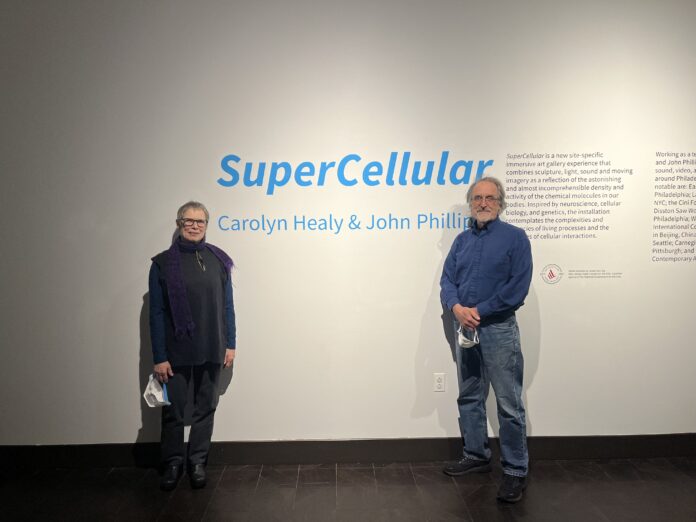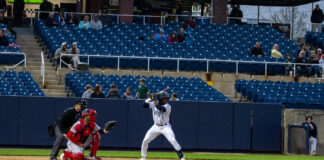The artist’s reception for Rowan University Art Gallery’s newest exhibit “SuperCellular” artists reception was hosted by director and chief curator Mary Salvante. The exhibit is an unique collaborative site-specific immersive art gallery experience by Carolyn Healy and John Phillips.
Rowan University Art Gallery is an important aspect of the art world on campus, providing access to contemporary and historical art exhibitions to students, professors and the surrounding community.
These galleries provide a platform for new artists to present their work and provide visitors with a unique opportunity to see the innovation and diversity of the art world. This semester’s first art display featured an exceptionally unique type of art that will only be available for a limited period.
SuperCellular is a new site-specific immersive art gallery experience that mixes sculpture, light, sound and moving pictures to portray the incredible and seemingly unfathomable density and activity of our bodies’ chemical components. The work is inspired by neuroscience, cellular biology, and genetics, and it explores the complexities and nuances of biological processes as well as the secrets of cellular connections.
“When you see a show like this that brings molecules and creates these large interpretations and suddenly you’re inside the body. And suddenly you’re sort of just swimming around with the cells,” said Salvante.
When first entering the exhibition there was a strong sense of uneasiness similar to walking on the movie set of a psychological science-fiction film. Visitors will approach the project through a small tunnel and proceed into a darkened space filled with sculptures, films and music.
Spectators will be immersed in an active buzzing aural environment as they interact with the showcased projections and sculptures, as well as soundscapes that have been composed of over 450 computer sound files by Phillips. The sculptures and the artwork coupled with the videos and music gave the internal feeling of futurism and something biological.
“With this environment that is immersive with the sound and the video and then the objects we can pause and realize that there’s so much activity going on inside our bodies on a very small tiny scale,” said Salvante. “You don’t have to be a science student to appreciate the connections.”
During the COVID-19 lockdowns, Carolyn Healy and John Phillips got their inspiration for the installation by reading books on evolution and anthropology. In order to pass the time during the lockdowns, the duo started reading and watching lectures on the human body.
They started with a neuroscience lecture series that had been sitting on their shelf unwatched for years before moving on to topics in evolution, cellular biology and genetics to address the question of how life began and the intricate systems required to sustain it. Healy and Phillips cooperate on site-specific works. Carolyn creates the sculptural environment and designs the lighting and John focuses on sound and moving pictures.
“We hope our exhibit kindles some curiosity in people or maybe explores some things about cellular biology. It’s obviously abstracted and not literal in any way but we hope the mood connects with viewers,” said Healy.
Healy’s major source of material for her sculptural creations is found objects. Some have accumulated in her studio over time, while others have been added for this project from junkyards, recycling centers, the “street” and diverse industrial sources.
Healy’s utilization of recycled industrial trash has been important to her approach since the beginning and it appears to be similar to how living cells constantly produce and replace their pieces. The meeting of approach and subject is a happy accident.
“We are not scientists. This piece is not about science. It’s about our reaction to this wonder that we discovered by looking into these things about the human body,” said Phillips.
The sculptural forms by Healy are projected with Phillips’ videos, which animate the pieces and give much life to the exhibit. Some images can be perceived as membranes and chemicals mixing in translucent orbs, while still other images can be seen as a slowly pulsing network of filaments resembling neuron cells. These predictions are generally motivated by the enormous number of intricate processes carried out by the billions of molecules that comprise biological things.
“We sapiens have used art for millennia to express the ineffable, to try to understand what makes us, us. We hope visitors to this exhibit, in bringing their own imagination and knowledge to the experience of the artwork, will find new opportunities to think about the microscopic mysteries of life,” said Phillips.
Much of their work has been presented in museums, university galleries, performance spaces and alternative locations. Luckily for Rowan students, we can be so honored to get a peek into their minds and view their work in our own backyard. The exhibition will open up until March 25.
Afterward, the art will be removed and gone forever, never to return. If you would like to view Healy and Phillips’s work yourself, go down to the Rowan University Art Gallery and take a look for yourself.


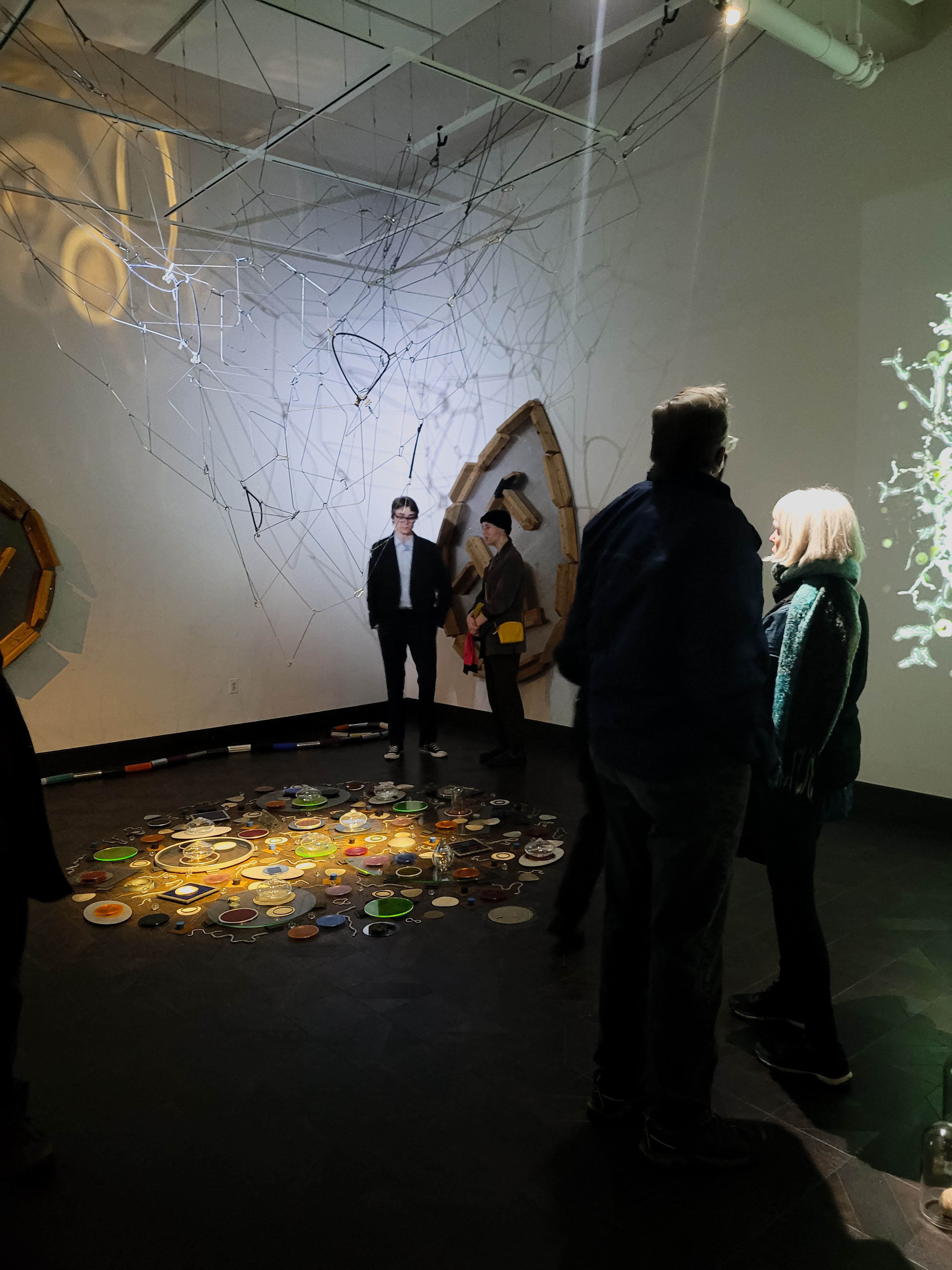

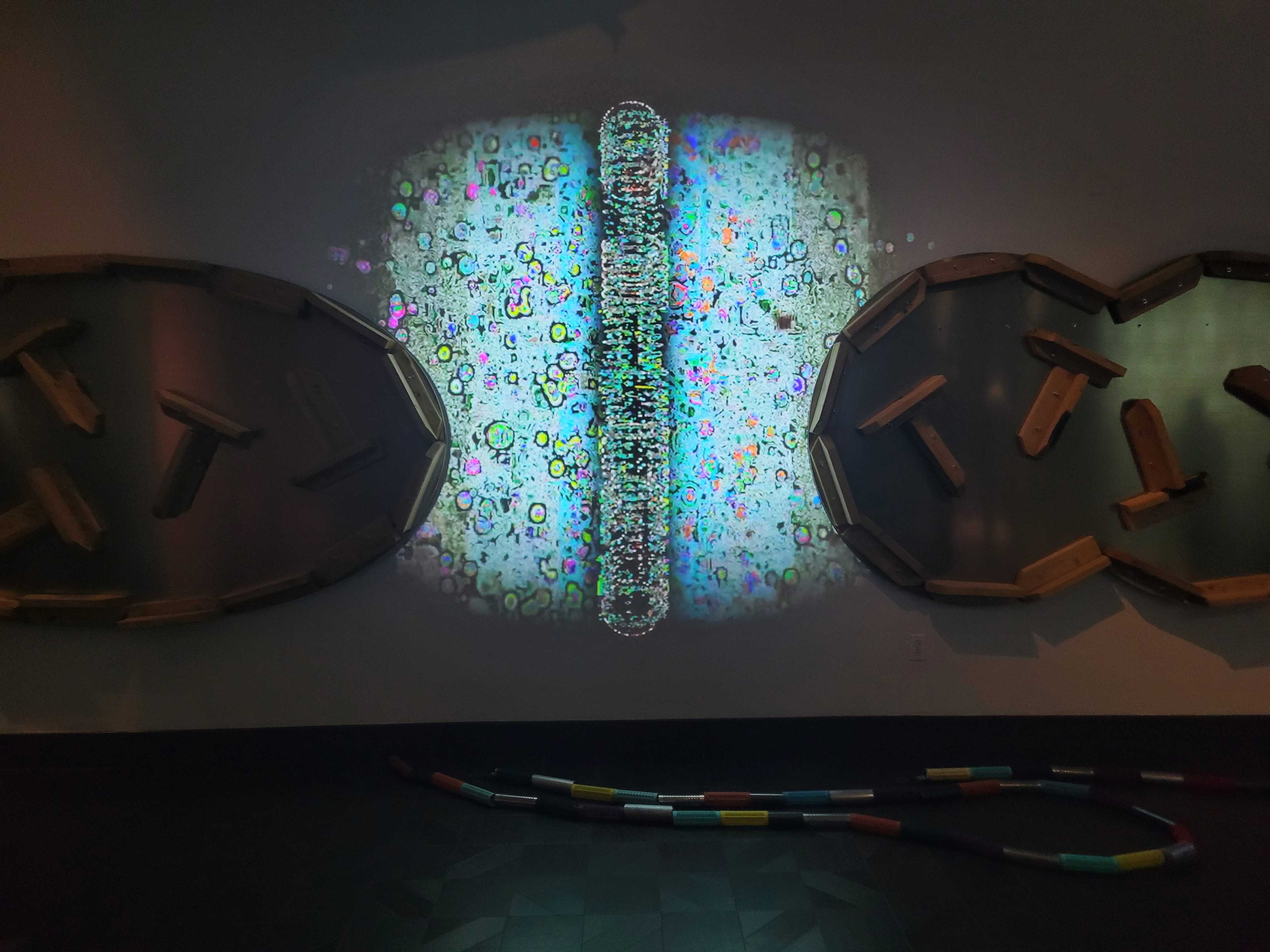

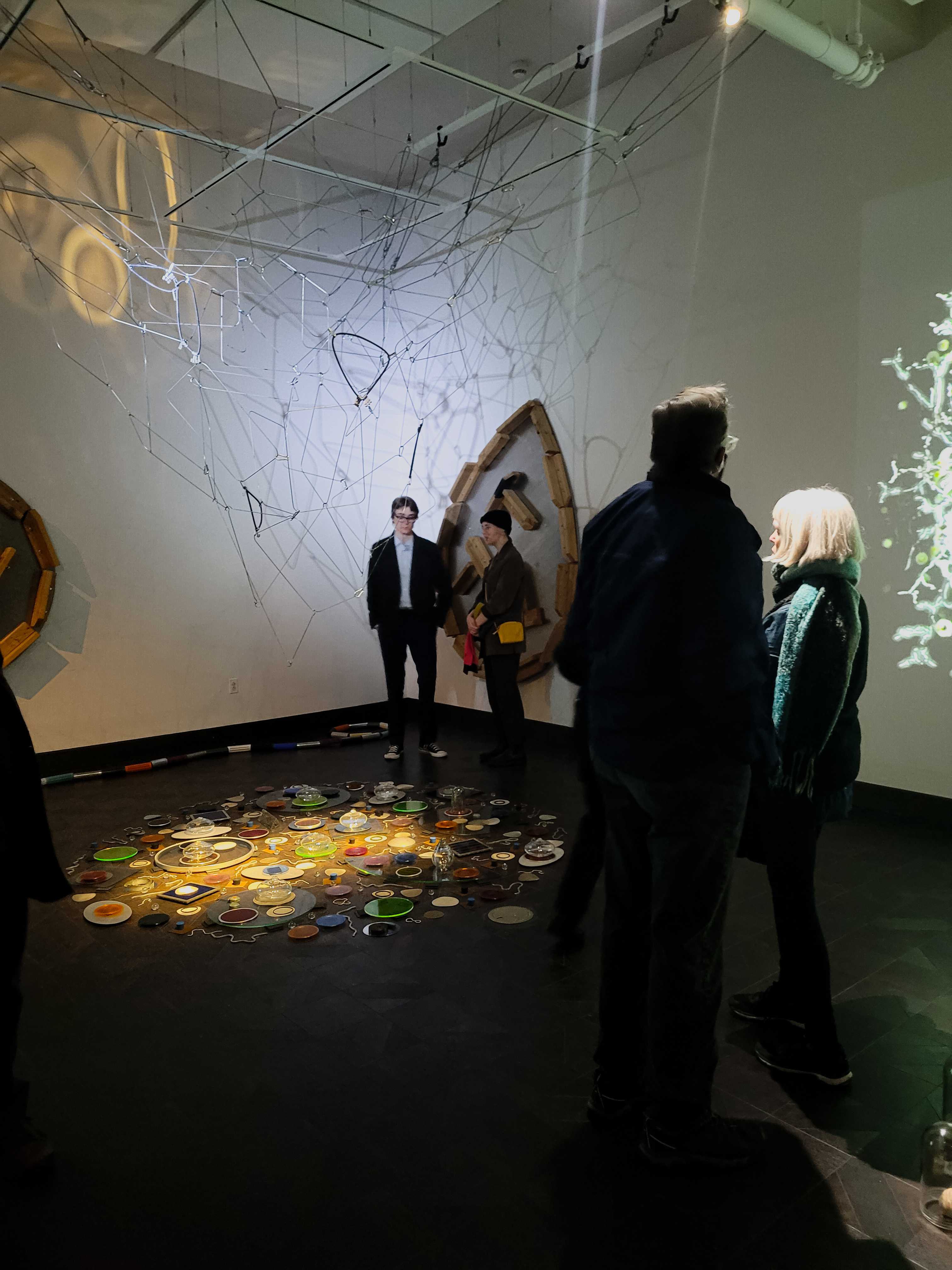
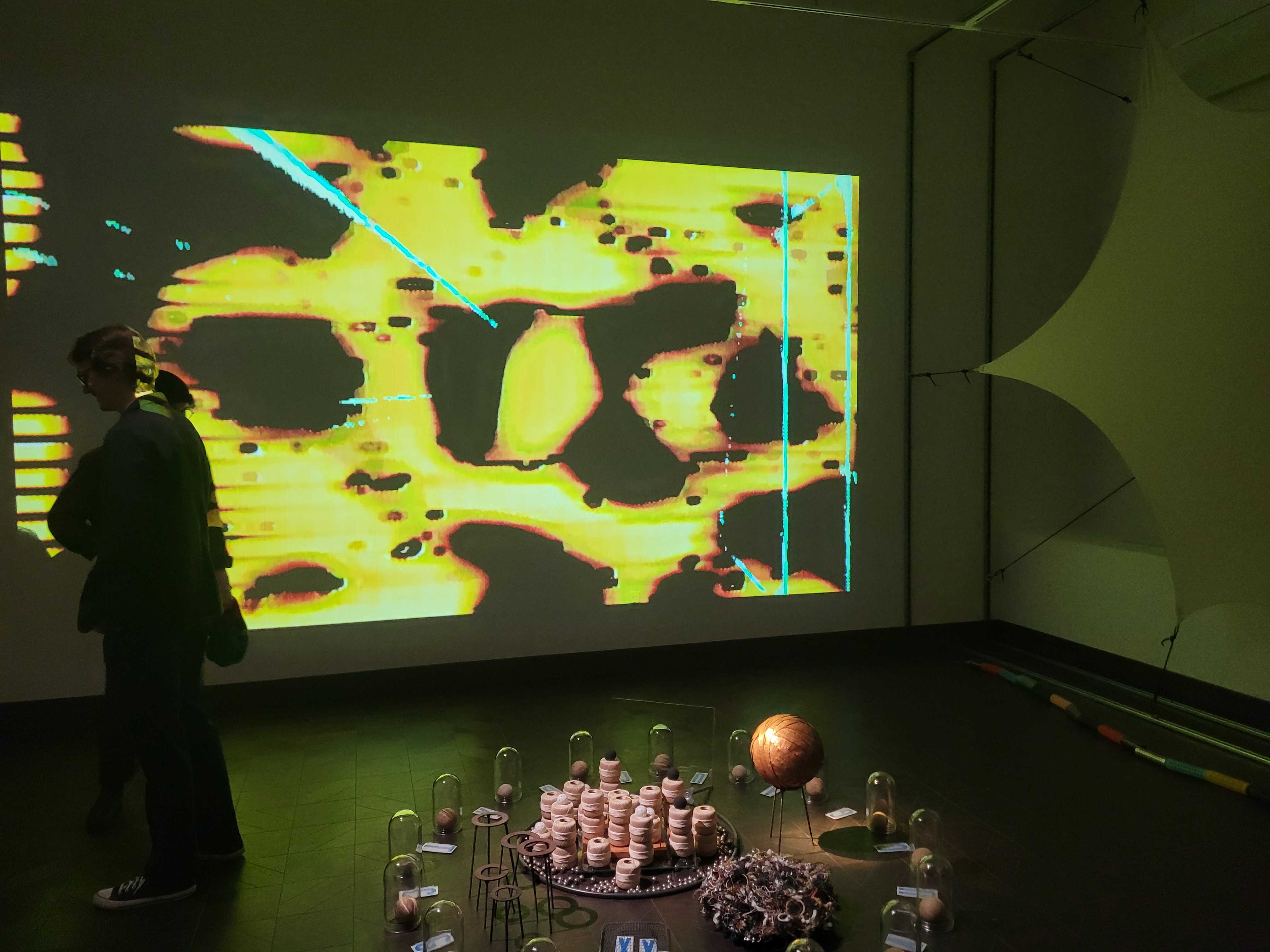



“SuperCelluar” aims to find the beauty in biological processes. – A&E Intern / Al Harmon
For questions/comments about this story email the.whit.arts@gmail.com or tweet @TheWhitOnline.
